Sunny Anniversary Abelia
lou_spicewood_tx
10 years ago
Related Stories
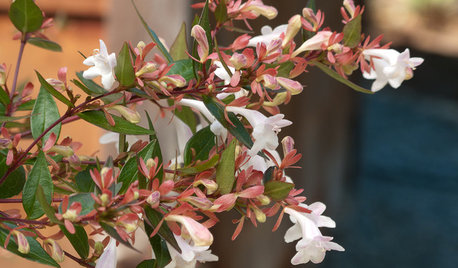
GARDENING GUIDESGreat Design Plant: Glossy Abelia for Year-Round Beauty
Fragrant flowers, burgundy foliage and hummingbird allure. Deer shun this shrub, but it's a 5-star performer you'll love
Full Story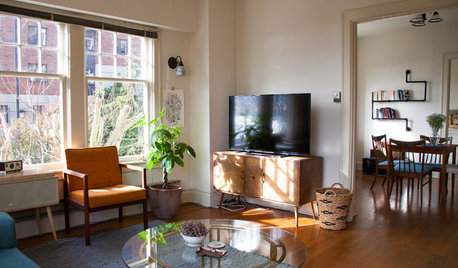
HOUZZ TOURSMy Houzz: Thoughtful, Eclectic Style for a Sunny Seattle Apartment
Creative couple builds their first home together piece by piece in a sun-filled rental
Full Story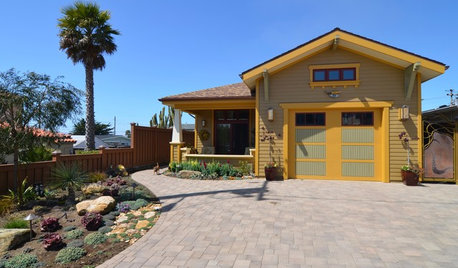
HOUZZ TOURSMy Houzz: Artistry and Craftsmanship Create a Heartfelt Home
Handmade details and commissioned art ring the charm bells in a sunny California beach town
Full Story
SHOP HOUZZShop Houzz: Inspired by Flipper
Celebrate the playful swimming star of this 1960s show with midcentury style and dolphin-inspired decor
Full Story0
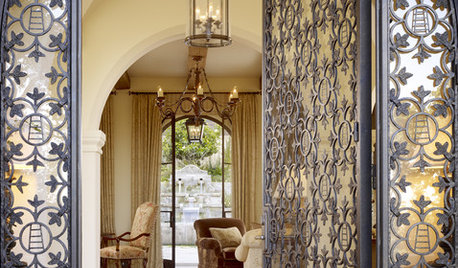
DECORATING GUIDES15 Ways to Make Your Home Speak Spanish
You won't need a translator to appreciate the beauty of Spanish-style ironwork, tile, architecture and more around the home
Full Story
LIFE10 Ways to Work Through Grief Triggers During the Holidays
A year after losing her sister, she was facing another holiday. Here’s how one woman learned to find joy again
Full Story
FUN HOUZZIf This Shoe Were a Room ...
We use inspiration boards filled with patterns, paint colors, and artwork — why not Louboutins?
Full Story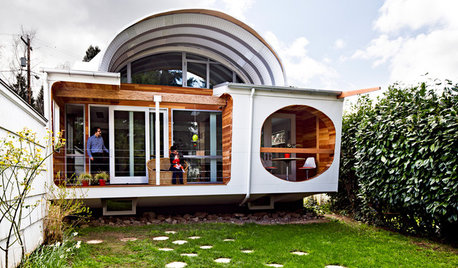
HOUZZ TOURSHouzz Tour: A 'Portlandia' Home Raises an Eyebrow
Cable TV came calling for this quirky home in Oregon, and it played its spaceship part to a T
Full Story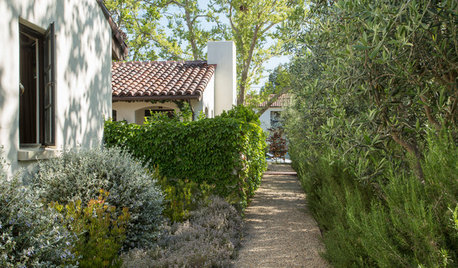
EVENTSTour 5 Gorgeous California Gardens
Get a sneak preview of Palo Alto gardens in the 2015 Gamble Garden Spring Tour, happening Friday and Saturday
Full Story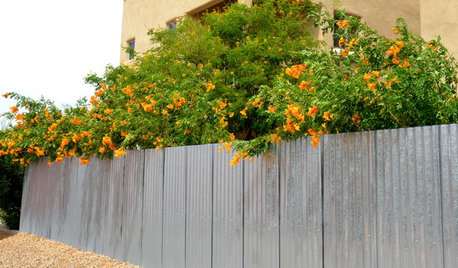
FLOWERS AND PLANTSTecoma x ‘Orange Jubilee’ Enlivens Southern Gardens
Masses of orange trumpet-shaped flowers decorate this tall shrub, attracting hummingbirds from near and far
Full StoryMore Discussions







wantonamara Z8 CenTex
lou_spicewood_txOriginal Author
Related Professionals
Clemson Landscape Architects & Landscape Designers · Horsham Landscape Architects & Landscape Designers · Marina Landscape Architects & Landscape Designers · Elgin Landscape Contractors · Maple Valley Landscape Contractors · Bristol Landscape Contractors · Elmhurst Landscape Contractors · Gresham Landscape Contractors · Las Vegas Landscape Contractors · Placerville Landscape Contractors · Tinton Falls Landscape Contractors · Quartz Hill Landscape Contractors · Hueytown Landscape Contractors · Annapolis Window Contractors · Hammond Window Contractorslou_spicewood_txOriginal Author
bostedo: 8a tx-bp-dfw
wantonamara Z8 CenTex
robyn_tx
plantmaven
lou_spicewood_txOriginal Author
bostedo: 8a tx-bp-dfw